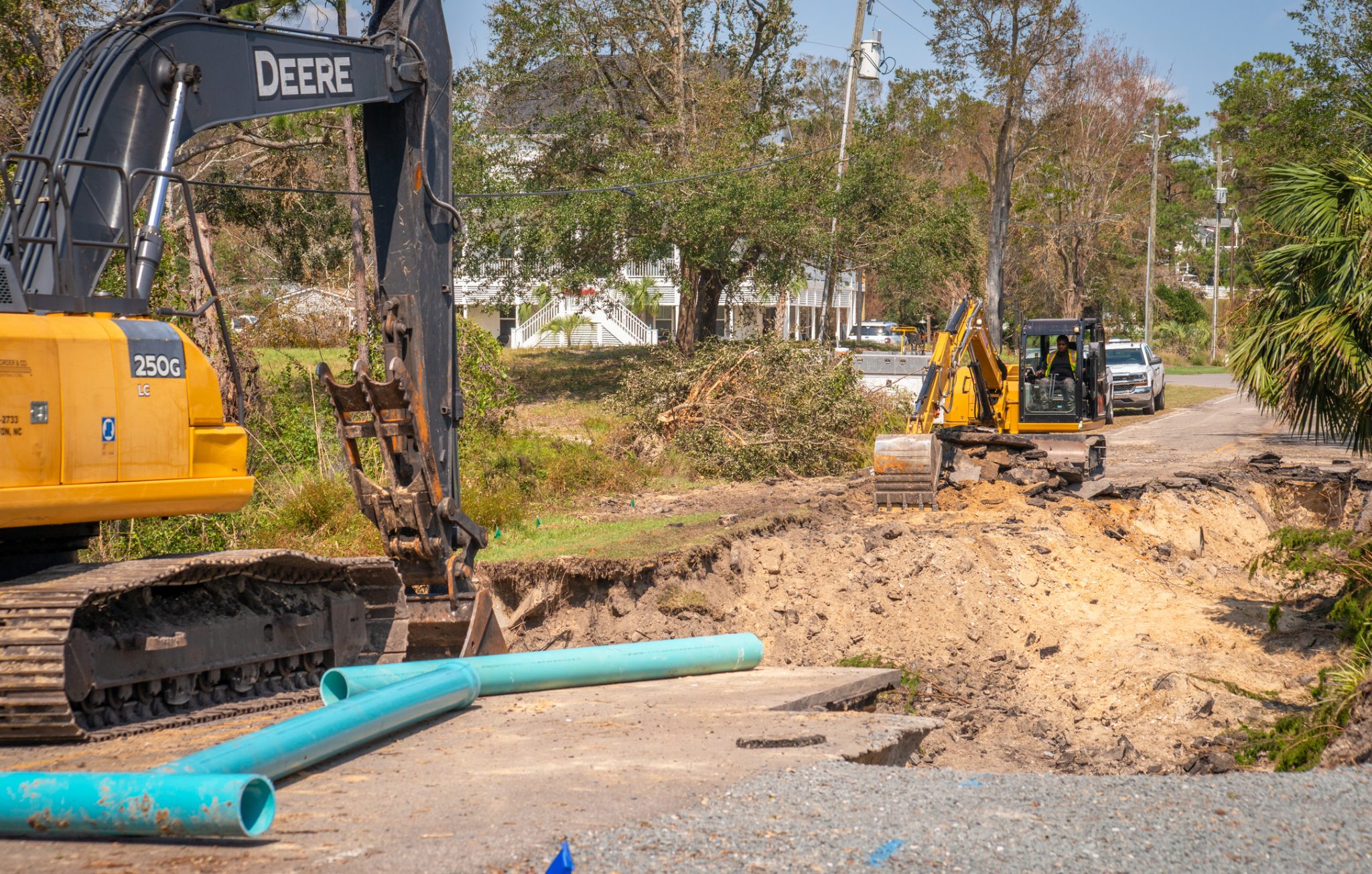
The U.S. Department of Transportation has announced two rule changes that could reduce the permitting process for the department’s construction projects to two years. Both are effective as interim policies as of Aug. 23, but the department is accepting comments until Sept. 23.
The first policy change mandates that both draft and final environmental impact statements (EIS) prepared in order to meet National Environmental Policy Act (NEPA) requirements be limited to 150 pages — with the suggestion that they be kept to 75 — unless the project scope or complexity requires additional documentation. In that case, the rule would limit the number of pages to 300. While the new policies don’t mandate a page limit for environmental assessments, the DOT suggests that those be limited to between 10 and 15 pages.
The other policy change applies the processes and procedures developed as part of the One Federal Decision component of President Donald Trump’s Executive Order 13807 to DOT projects and requires that one federal agency be designated to usher each project through the environmental review and permitting process.
Dive Insight:
The DOT said in its Federal Register announcement that the length of NEPA submissions had grown so bloated with irrelevant data that it not only increased the cost and time of reviews but made it difficult for those relying on the documentation to find the information they needed to make important project decisions.
In order to pare down the page count, the DOT suggests that authors of environmental reports:
- Identify the most important issues — and eliminate the others — through pre-scoping and scoping processes.
- Use an annotated outline for each chapter of the report.
- Tier their reports so that issues important to each level of the review can be given proper consideration and redundancies can be eliminated.
- Make clear to contractors they hire to write environmental reports they should abide by the new page limits and new policies to streamline the process.
- Use a concise writing style that favors plain language, bullet points, visual elements, and definitions of key terms early in the report and avoids jargon.
- Use appendices, incorporations by reference, EIS summaries and errata sheets.
Many environmental reviews, said Brian Deery, senior director of the Associated General Contractors of America’s highway and transportation division, have become “convoluted, draw-out processes,” claiming about half of the process is tied up in evaluating and presenting alternatives to the project, including no-build options.
“The intent here is to limit the number of pages and hopefully limit the overall review process … to the [items] that really need to get reviewed,” he said.
The Moving Ahead for Progress in the 21st Century Act (MAP-21), Deery said, allowed states to take over the NEPA process, eliminating the time-consuming chore of obtaining approval from the Federal Highway Administration. This latest policy change should further reduce the time it takes for states to get their projects off the boards and under construction.
The designation of one federal agency to guide projects through the permitting process, Deery told Construction Dive, should also hopefully save time and money.
“There are a number of different federal agencies
[involved]
in different parts of the NEPA review,” he said, “and all have different priorities. So the idea here is … one federal agency has the authority to rein in other agencies, giving them deadlines and schedules.”
For a long time, Deery said, federal agencies have been siloed in the way they perform environmental reviews, engaging in a back and forth that results in inevitable delays. The Army Corps of Engineers, for example, might approve a route for a new highway and bridge only to have the U.S. Fish and Wildlife service kick it back based on the potential impact on protected species.
“The idea here,” he said, “is to have [the federal agencies involved] concurrently review [the project], so all decisions are made at the same time.”
Source: Construction Dive







